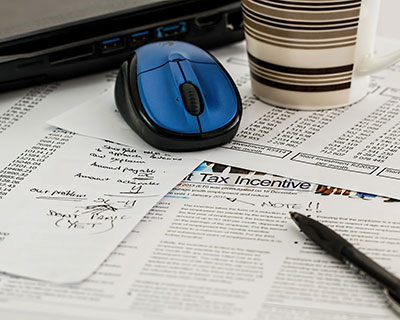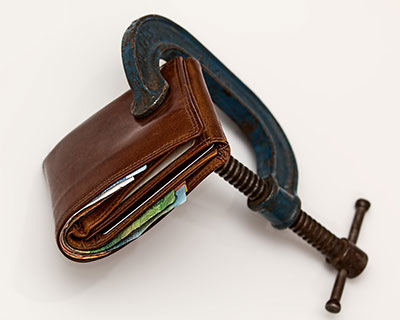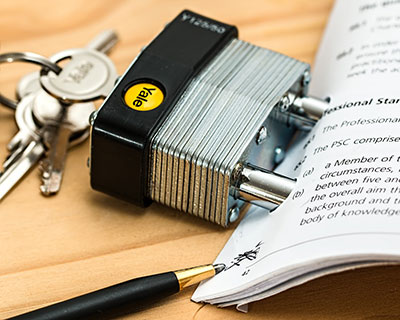If you are unhappy about paying tax, start investing tax-free
The reality is that even if you are not a top income earner, you will be paying more tax as a result of both “bracket creep” (when income tax tables are not adjusted for inflation) and through higher dividends tax.
Fortunately, there are ways to reduce your tax liability and build wealth for your future. We look at the best tax-savings options, based on four income scenarios.
First job and earning R8 000 or less:
If you are going to be saving for the next 20 years, income tax and dividends tax will be significant so ensure you are investing through a Tax-Free Savings Account (TFSA). By saving through a TFSA, you could increase your final return by 36%. The good news is that the amount you can invest in a TFSA has increased to R33 000 per annum.
Also start contributing to a retirement annuity once your income exceeds R10 000 as you can then benefit from the income tax deduction.
Climbing the corporate ladder and moving up the tax tables:
In addition to a TFSA, you could also diversify your portfolio with an investment in unit trusts. While dividends will be taxed at 20%, only capital gains exceeding R40 000 and interest exceeding R23 800 will be taxable. In order to reduce your taxable income, you should maximise your retirement fund contribution. An individual who earned R410 000 in the last tax year and receives an inflation-related salary increase of 7% will pay nearly R8 000 more tax this year. You can, however, reduce the amount of tax you pay by increasing the amount you contribute to your retirement fund. Your contributions will be deductible up to 27,5% of your income – subject to a R350 000 annual limit.
On the highest tax bracket:
Individuals earning R1,5 million or more have little leeway to offset the higher income tax rate by increasing their retirement fund contributions if they are already at the R350 000 cap. If you are already contributing the maximum allowed, you could consider contributing additional funds (non-deductible contributions) to your retirement fund as you will still benefit from the tax-free growth in the fund. Your non-deductible contributions will be tax-free at retirement, whether you take a lump sum or annuity from your retirement fund. However, if you die prematurely, the non-deductible contributions made after 1 March 2015 are now estate dutiable in your estate as property.
Another option is an endowment policy which is becoming increasingly attractive for high-income earners. Endowments owned by natural persons are subject to income tax at 30% and an effective CGT rate of 12%. This is substantially lower than the highest marginal tax rate of 45% and effective CGT rate of 18%.
You can also donate money to a good cause through contributions to a registered public benefit organisation, for which you can claim a deduction limited to 10% of your taxable income. With a call for more investment in education, there are many opportunities for high net worth individuals and corporates to contribute to bursary and education schemes.
Living on a pension:
If you have investments outside of a retirement fund structure, the increase in dividend withholding tax from 15% to 20% will reduce your dividend income. This highlights the benefits of retirement fund structures which have no tax on growth or dividends within the fund, although income tax is payable on the withdrawal.
Retirees between 60-74 pay no tax on any income up to R117 300 per annum, while retirees 75 years and older pay no tax on income up to R131 150 per annum. In addition, interest earned up to R34 500 will be exempt. If your tax rate is above 20%, then dividend earnings from shares may be preferable to other investments. However, if your average income tax rate is less than 20%, you may want to review the nature of your investments for the best tax outcome.
An endowment structure would only make sense for a retiree with a tax rate above 30% and an endowment will still pay dividend tax within the fund. You may be tempted to move your discretionary funds into a retirement structure, but this could be seen as a disposal and have CGT consequences. You would also be limited to a drawdown of 17,5%.
It is important to meet with your financial adviser to ensure you have the correct asset allocation between your retirement fund structure and discretionary funds to maximise your tax benefits.
|











